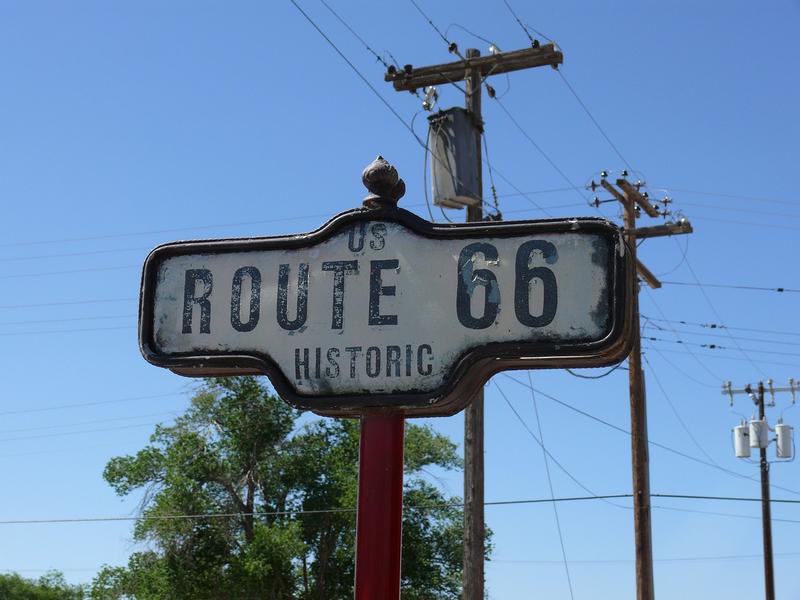Smart routes aliases in Rails

Sometimes, for SEO and marketing reasons, you might need to create an alias route in your Rails project. This can get tricky if the original route relies on dynamic elements that change based on the user’s session.
In our project, we wanted to create a quick and easy shortcut, /edit_my_plans, for the user-specific route /users/:id/edit?tab=plans.
For example, Rails offers a way to set up this type of redirect using the following code (taken from their official documentation):
get '/stories/:name', to: redirect { |path_params, req| "/articles/#{path_params[:name].pluralize}" }
With this knowledge in hand, we developed a clear and straightforward method for defining these types of routes, allowing us to embed business logic of any level of complexity directly into the router:
# in config/routes.rb:
get "/edit_my_plans", to: redirect(RoutesAlias.edit_my_plans)
This is our special class, called RoutesAlias, that handles all the complex stuff. It’s better to keep this stuff separate from the router, so we put it in the app/lib folder. You can put it somewhere else in your project if you want.
class RoutesAlias
include Rails.application.routes.url_helpers
attr_reader :session
def self.edit_my_plans
proc { |_params, request| new(request.session).edit_my_plans }
end
def initialize(session)
@session = session
end
def edit_my_plans
current_user = Authentication.user_from_session(session)
case current_user&.user_type
when "vendor"
edit_user_path(current_user, tab: "plans")
when "user"
projects_path
when nil
"/auth/auth0?origin=/edit_my_plans"
end
end
end
Now, marketing sites, like landing pages or other marketing pages, can easily use the generic URL /edit_my_plans. Rails will handle everything, taking you to the right place, whether it’s a login form, a specific homepage for a particular user type, or something else.
Hope this helps with your Rails project! Happy coding!
